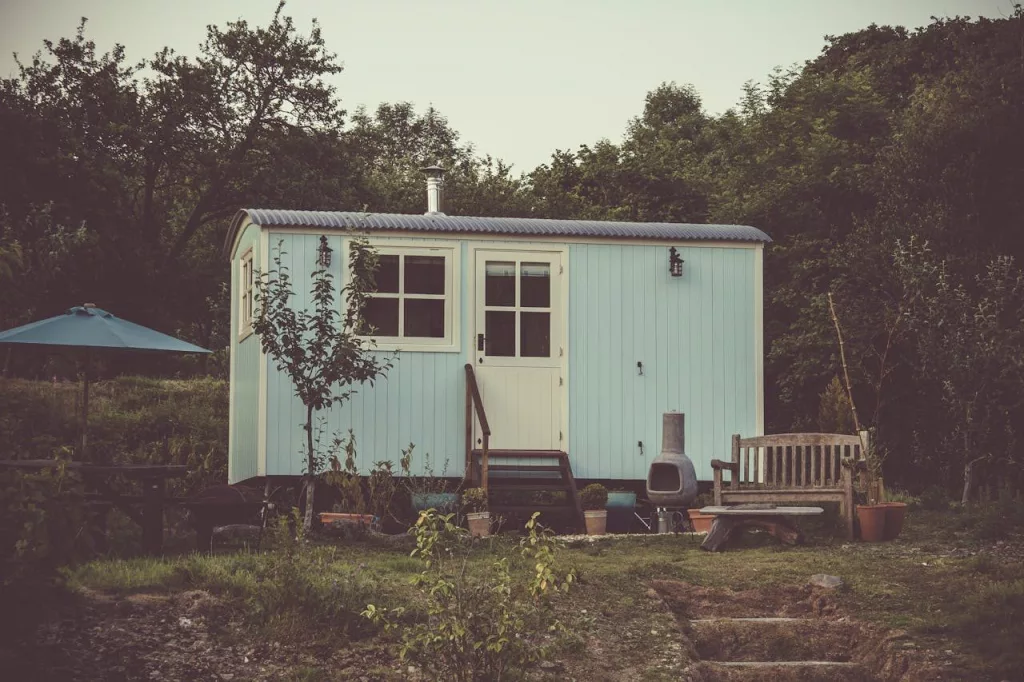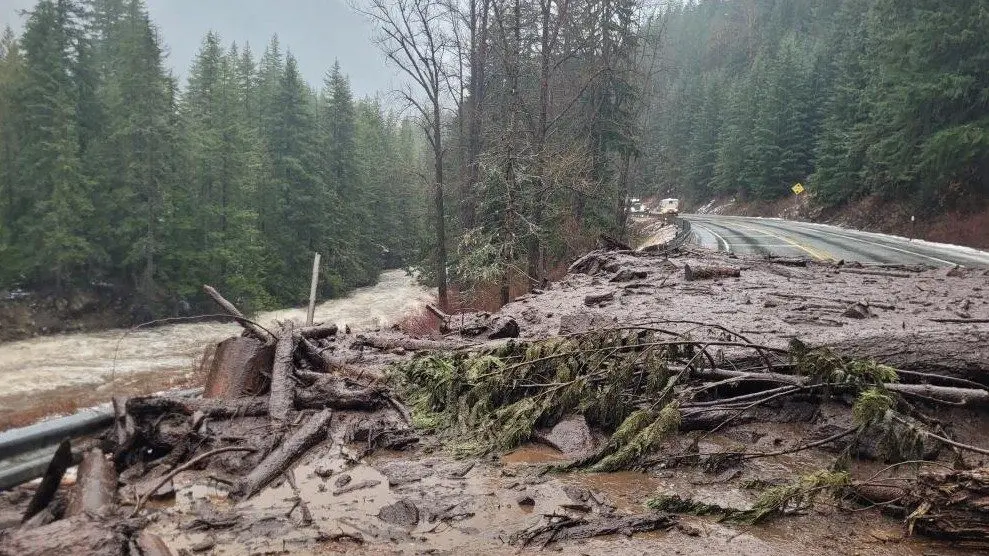OLYMPIA, WA – Tiny houses are poised to be vital in addressing Washington state’s housing affordability crisis. It will take a shift in the “bigger is better” mindset behind the supersizing of American housing over the last century.
In 1924, the average floor area of an American home was 777 square feet, providing 179 square feet per person. By 2014, the average house had ballooned to 2,657 square feet and an average of 1,046 square feet per person.
While home sizes grow, so does Washington’s housing crisis in the form of rising costs, a shortage of affordable housing and increasing rates of homelessness and housing instability. Washington is projected to need more than 1 million new homes by 2044.
One barrier to changing minds is separating minimalist houses from tiny houses on wheels, also known as THOWs. While THOWs are treated like recreational vehicles, the modern tiny house movement focuses on permanent structures regulated under the building code.
The Washington State Building Code Council adopted Appendix Q of the International Residential Code in 2020. Appendix Q sets standards for cozy homes of 400 square feet or smaller, with alternative parameters to gain back space from standard prescriptive requirements.
Appendix Q allows some lower head heights and waives minimum room sizes. Standard stairs built to meet IRC requirements must be at least 36 inches wide with a typical seven-inch riser height. Those dimensions take up 45 square feet of floor space.
Appendix Q allows narrower stairs to lofts with risers up to 12 inches high, a familiar experience to anyone who has ever climbed to the second floor of the typical early 20th-century American farmhouse.
Saul Hansen, an intern architect working on large commercial structures with McCarthy Building Companies, Inc., loves working on tiny houses as his weekend passion project. Last week, he presented the history of Appendix Q to the Spokane Chapter of the American Institute of Architects.
Tiny house living first came on the scene as a countercultural lifestyle and moved into the mainstream as part of the solution to housing affordability. The smaller size is also attractive to retirees ready to downsize to a simpler lifestyle and less time on housework.
Hansen described how the smaller price works for first-time buyers looking for starter homes. According to Hansen’s documentation, a well-appointed tiny house with high-quality finishes and fixtures can be built for less than $50,000.
Ironically, the low price can become a barrier to finding financing. Banks often balk at tiny houses as threatening the standard mortgage model and decline to finance projects.
Some jurisdictions also resist, fearing tiny home communities would look like dilapidated RV parks. Appendix Q was part of the answer.
“As soon as it’s on a foundation, they’re totally willing to talk. Working with the city of Spokane has been awesome,” Hansen said. “Most people don’t know it’s an option.”
Hansen sees tiny houses as an alternative to condos for starter homes and an opportunity for elders to live in lively mixed-age communities. He said he’s run the numbers with developers and had a positive response.
Many Washington jurisdictions, including Bellevue, Port Townsend and Jefferson County, have embraced tiny house construction.
This article was written By Sue Lani Madsen, originally published by The Center Square. It is republished here with permission.





